A Comprehensive Guide to Minting Your Own NFT
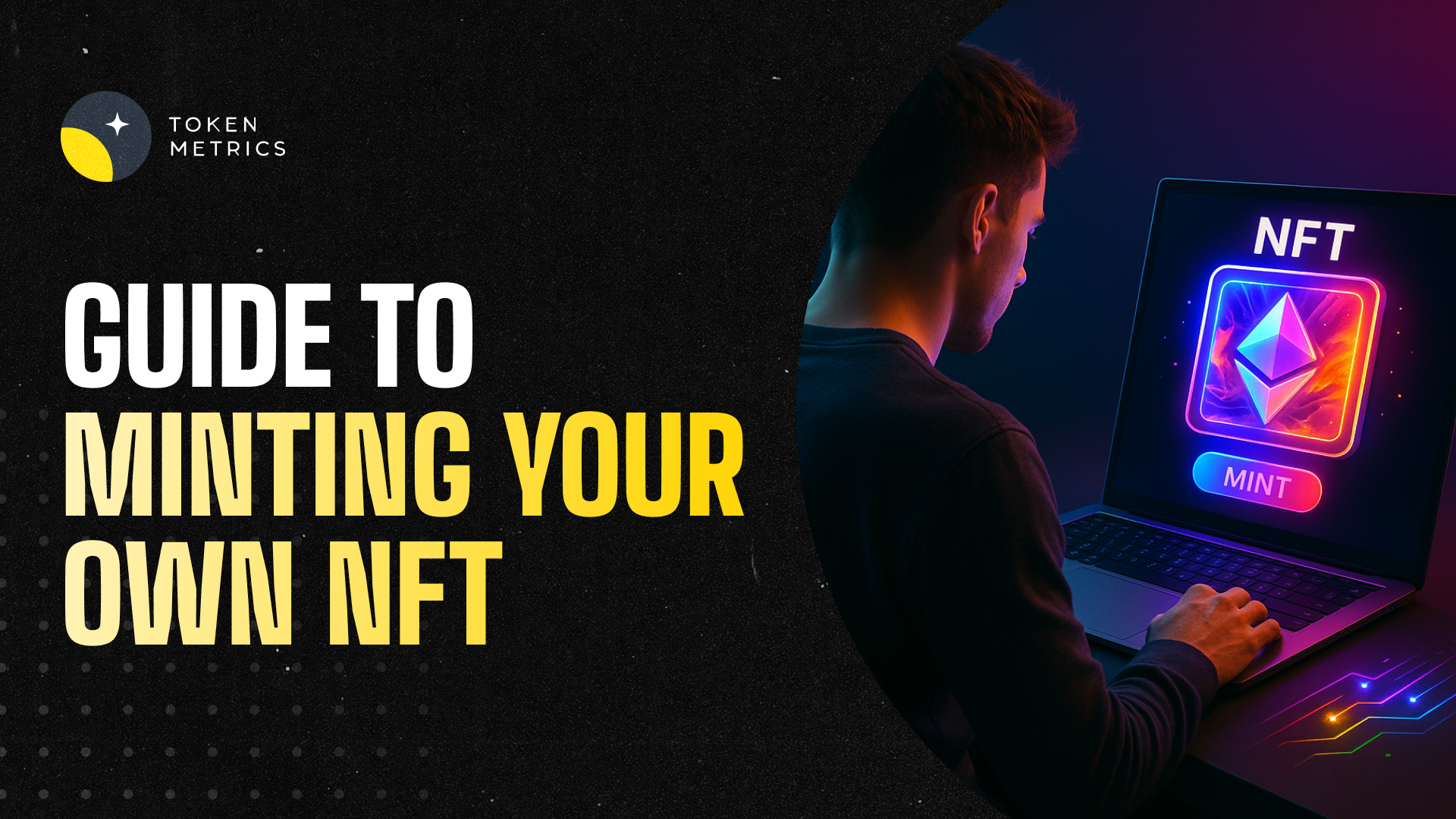
Introduction to NFT Minting
The explosion of interest in non-fungible tokens (NFTs) has opened new opportunities for creators and collectors alike. If you've ever wondered, "How can I mint my own NFT?", this guide will walk you through the essential concepts, processes, and tools involved in creating your unique digital asset on the blockchain.
What is NFT Minting?
Minting an NFT refers to the process of turning a digital file — such as artwork, music, video, or other digital collectibles — into a unique token recorded on a blockchain. This tokenization certifies the originality and ownership of the asset in a verifiable manner. Unlike cryptocurrencies, NFTs are unique and cannot be exchanged on a one-to-one basis.
Choosing the Right Blockchain for NFT
Several blockchains support NFT minting, each with distinct features, costs, and communities. The most popular blockchain for NFTs has been Ethereum due to its widespread adoption and support for ERC-721 and ERC-1155 token standards. However, alternatives such as Binance Smart Chain, Solana, Polygon, and Tezos offer different advantages, such as lower transaction fees or faster processing times.
When deciding where to mint your NFT, consider factors like network fees (also known as gas fees), environmental impact, and marketplace support. Analytical tools, including Token Metrics, can offer insights into blockchain performance and trends, helping you make an informed technical decision.
Selecting an NFT Platform
Once you have chosen a blockchain, the next step is to select an NFT platform that facilitates minting and listing your digital asset. Popular NFT marketplaces such as OpenSea, Rarible, Foundation, and Mintable provide user-friendly interfaces to upload digital files, set metadata, and mint tokens.
Some platforms have specific entry requirements, such as invitation-only access or curation processes, while others are open to all creators. Consider the platform's user base, fees, minting options (e.g., lazy minting or direct minting), and supported blockchains before proceeding.
Step-by-Step Process to Mint Your Own NFT
- Prepare Your Digital Asset: Have your digital file ready — this could be an image, audio, video, or 3D model.
- Create a Digital Wallet: Set up a cryptocurrency wallet (such as MetaMask or Trust Wallet) compatible with your chosen blockchain and platform.
- Fund Your Wallet: Add some cryptocurrency to your wallet to cover minting and transaction fees. For Ethereum-based platforms, this typically means ETH.
- Connect Wallet to Platform: Link your wallet to the NFT marketplace where you intend to mint your NFT.
- Upload Your File and Add Metadata: Provide necessary details, including title, description, and any unlockable content.
- Mint the NFT: Initiate the minting process. The platform will create the token on the blockchain and assign it to your wallet.
- Manage and List Your NFT: After minting, you can choose to keep, transfer, or list the NFT for sale on the marketplace.
Understanding Costs and Fees
Minting an NFT typically involves transaction fees known as gas fees, which vary based on blockchain network congestion and platform policies. Costs can fluctuate significantly; therefore, it's prudent to monitor fee trends, potentially using analytical resources like Token Metrics to gain visibility into network conditions.
Some NFT platforms offer "lazy minting," allowing creators to mint NFTs with zero upfront fees, with costs incurred only upon sale. Understanding these financial mechanics is crucial to planning your minting process efficiently.
Leveraging AI Tools in NFT Creation and Analysis
The intersection of artificial intelligence and blockchain has produced innovative tools that assist creators and collectors throughout the NFT lifecycle. AI can generate creative artwork, optimize metadata, and analyze market trends to inform decisions.
Research platforms such as Token Metrics utilize AI-driven methodologies to provide data insights and ratings that support neutral, analytical understanding of blockchain assets, including aspects relevant to NFTs. Employing such tools can help you better understand the technical fundamentals behind NFT platforms and ecosystems.
Key Considerations and Best Practices
- File Authenticity and Ownership: Ensure you have the rights to tokenize the digital content.
- Security: Use secure wallets and protect your private keys to prevent unauthorized access.
- Metadata Accuracy: Properly describe and tag your NFT to enhance discoverability and traceability.
- Platform Reputation: Choose well-known platforms to benefit from better security and liquidity.
- Stay Updated: The NFT space evolves rapidly—leveraging analytical tools like Token Metrics can help track developments.
Conclusion
Minting your own NFT involves understanding the technical process of creating a unique token on a blockchain, choosing appropriate platforms, managing costs, and utilizing supporting tools. While the process is accessible to many, gaining analytical insights and leveraging AI-driven research platforms such as Token Metrics can deepen your understanding of underlying technologies and market dynamics.
Disclaimer
This article is for educational purposes only and does not constitute financial or investment advice. Always conduct your own research and consult professionals before engaging in digital asset creation or transactions.

Create Your Free Token Metrics Account




Create Your Free Token Metrics Account





.png)
Power your platform with Token Metrics API
Access real-time crypto data, analytics, and grades.
Get Your Free API KeyCreate Your Free Token Metrics Account


Create Your Free Token Metrics Account














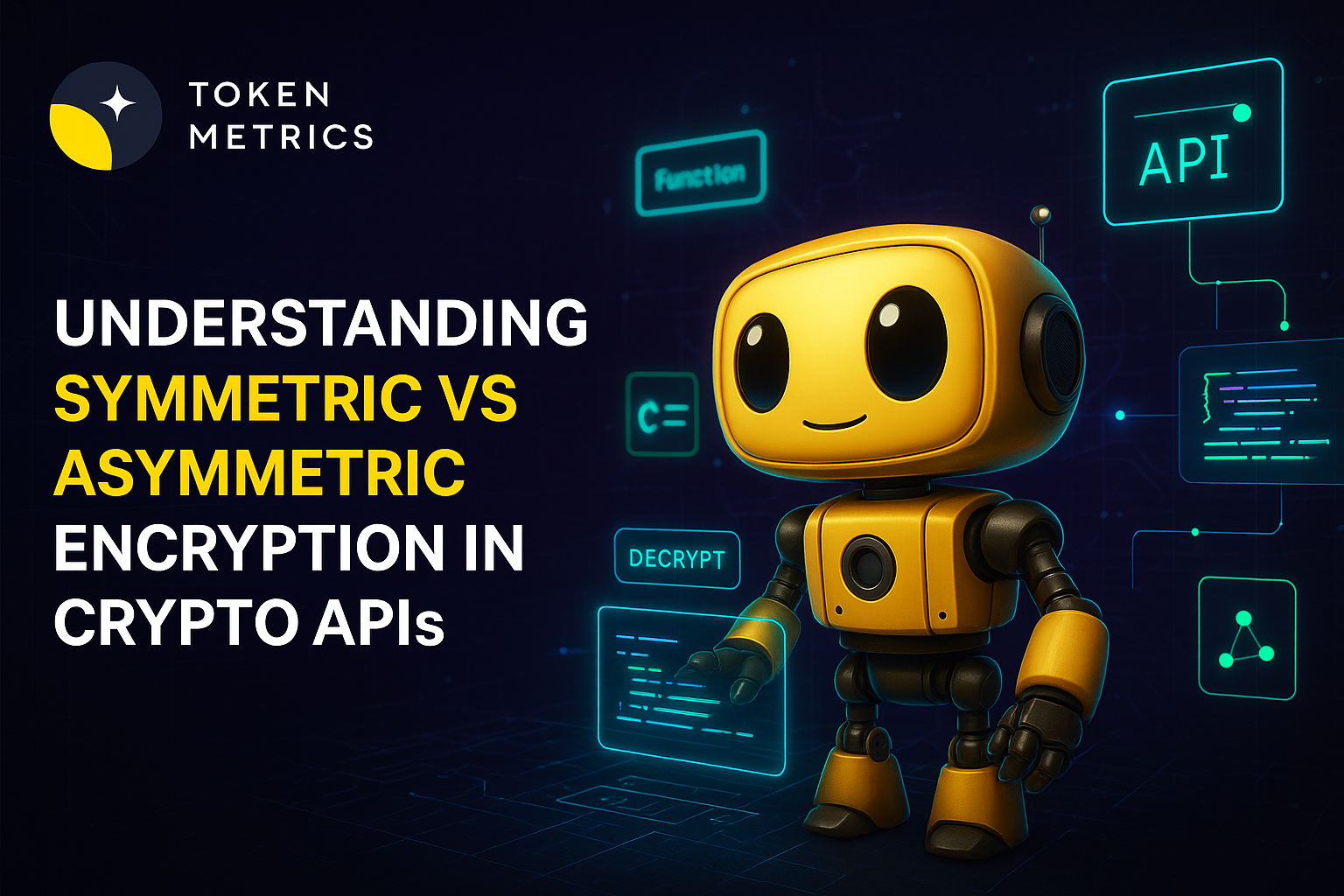
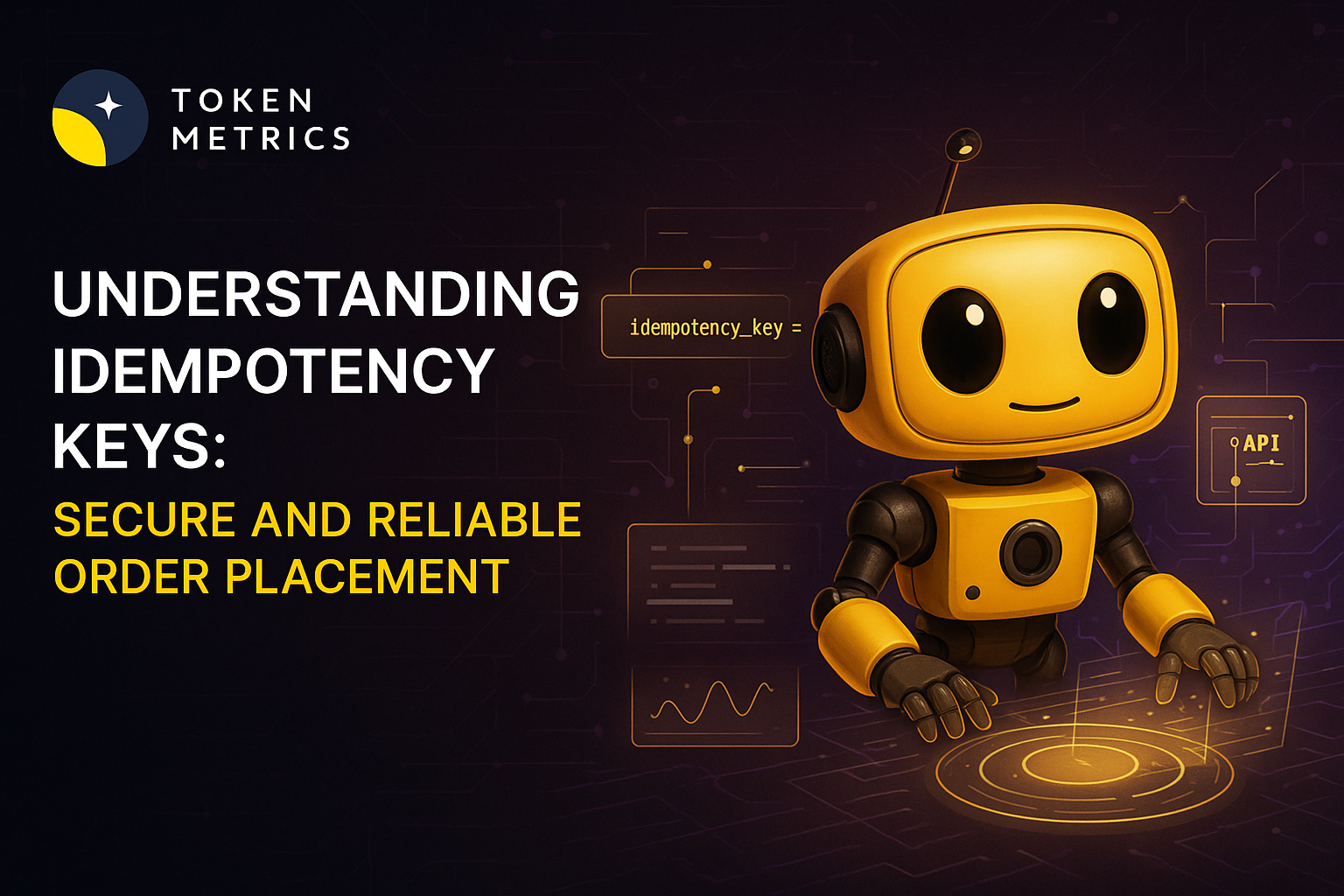

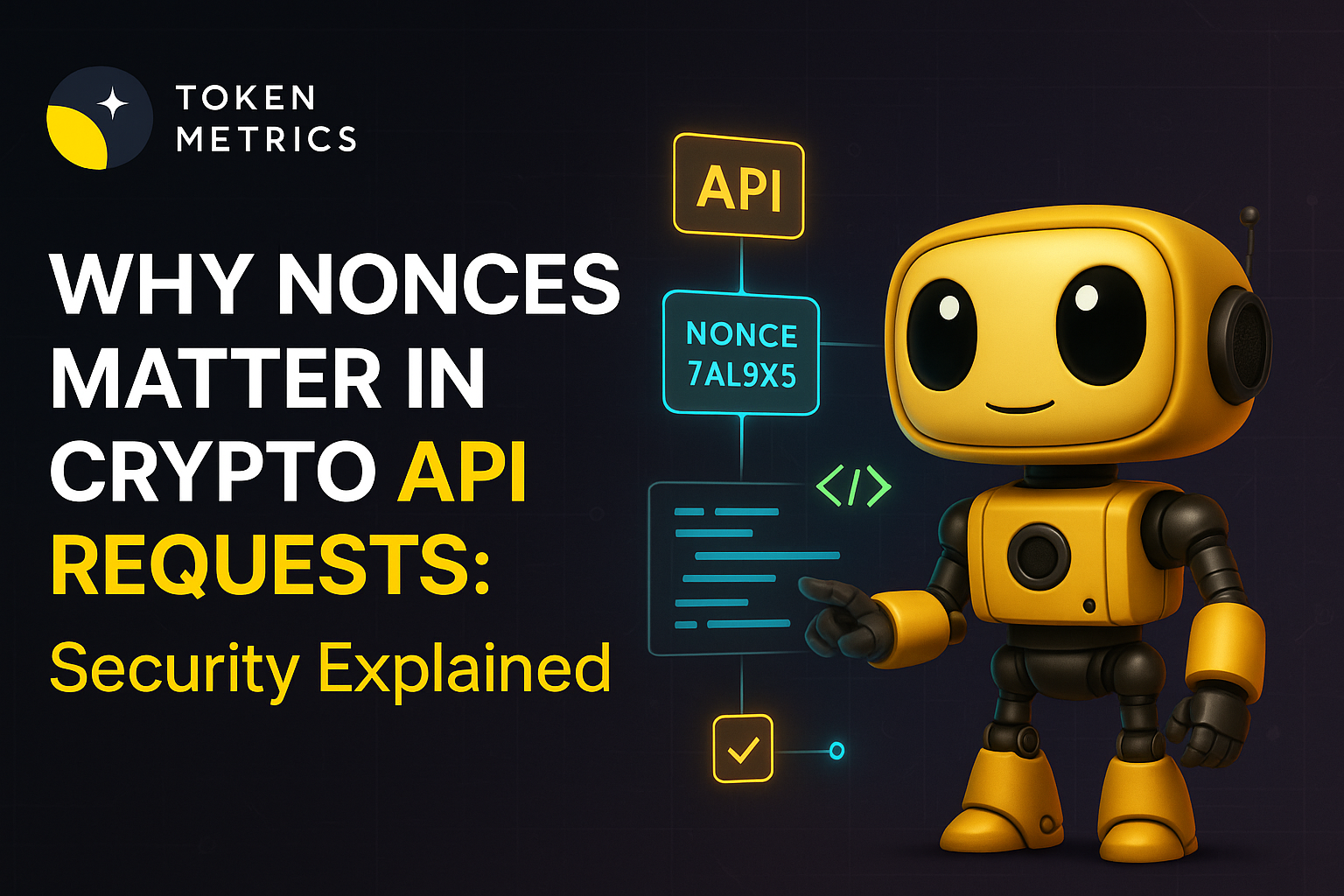
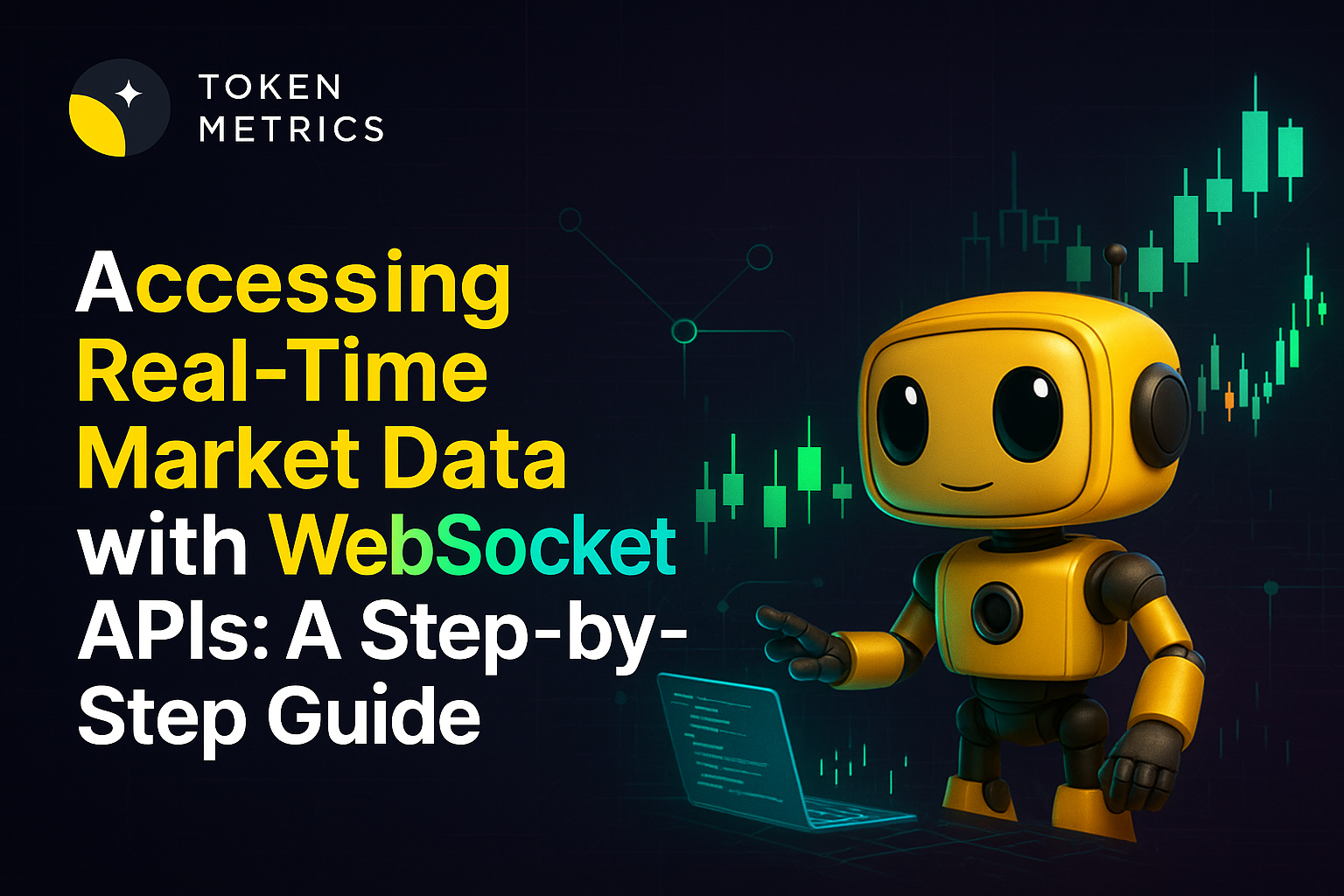
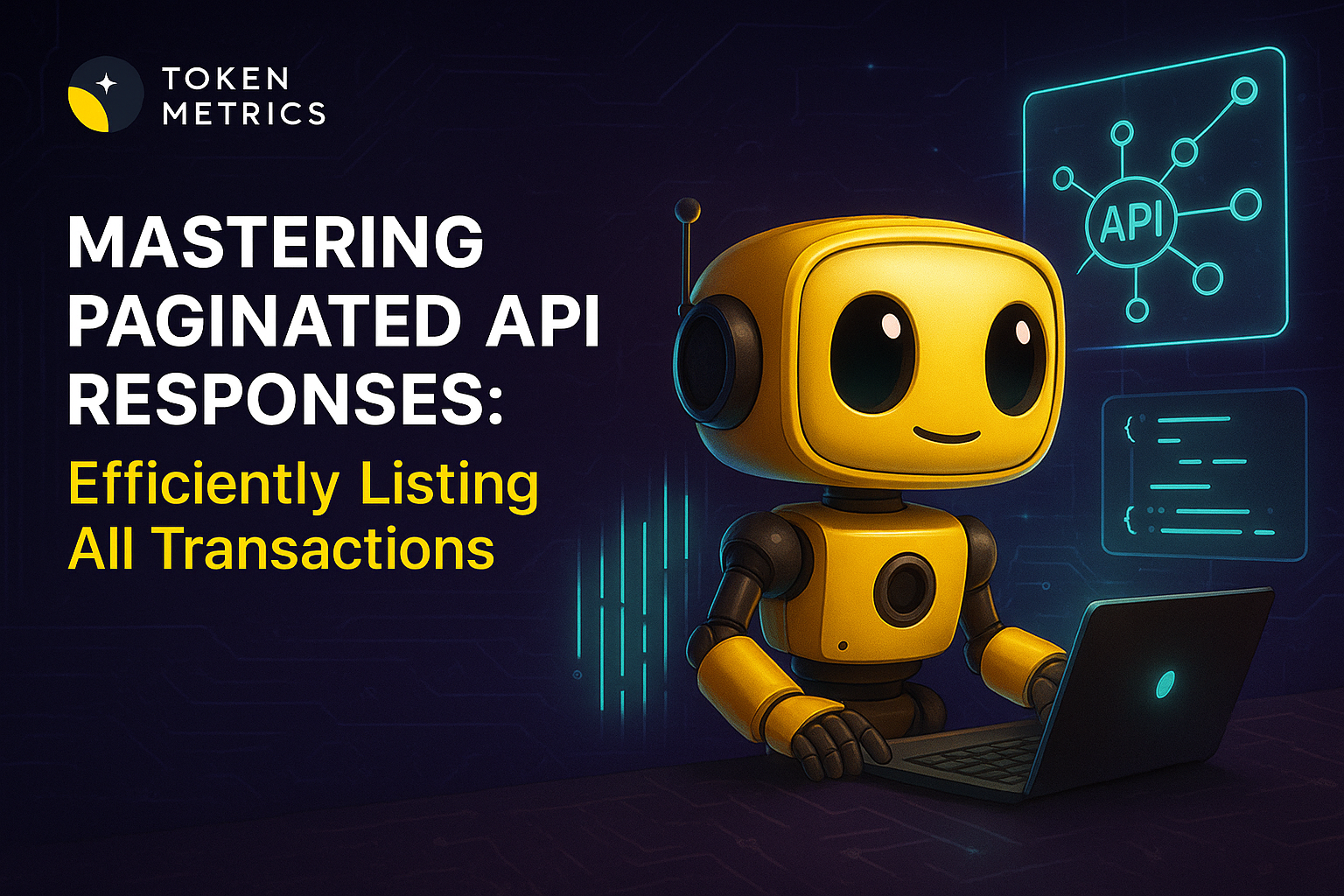

.svg)




.png)